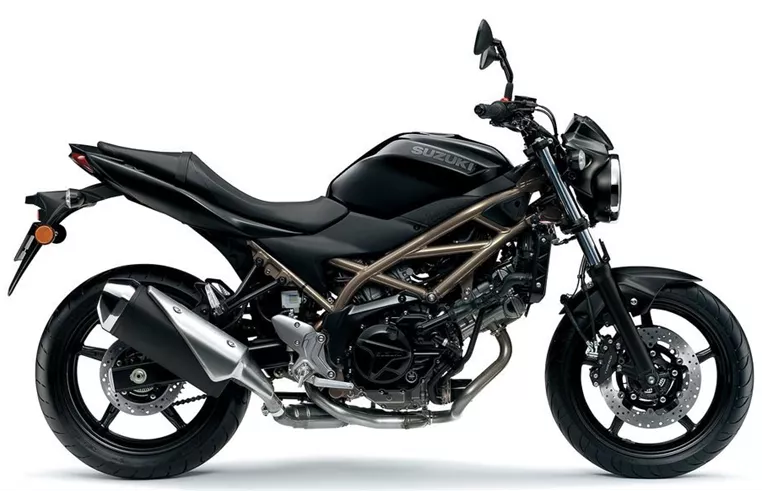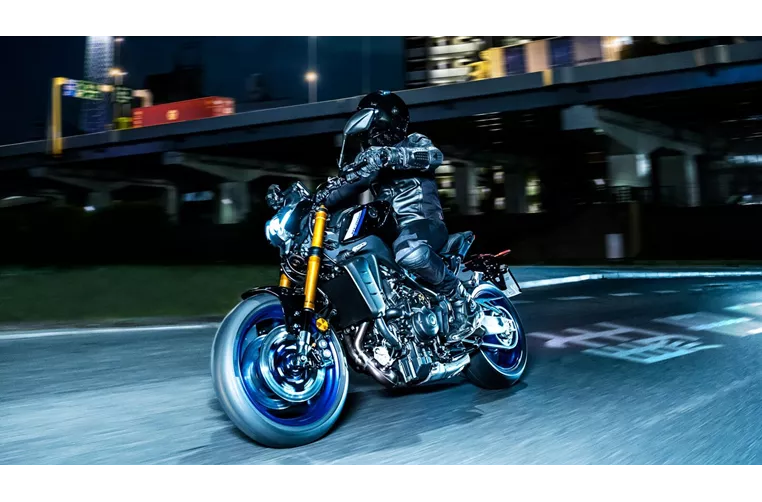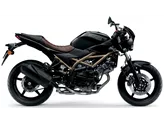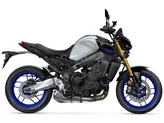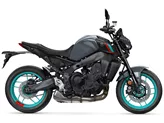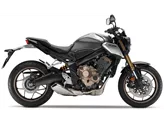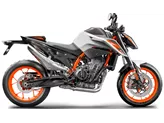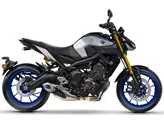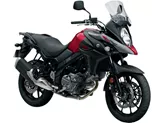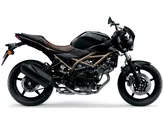Suzuki SV 650 2021 vs. Yamaha MT-09 SP 2021
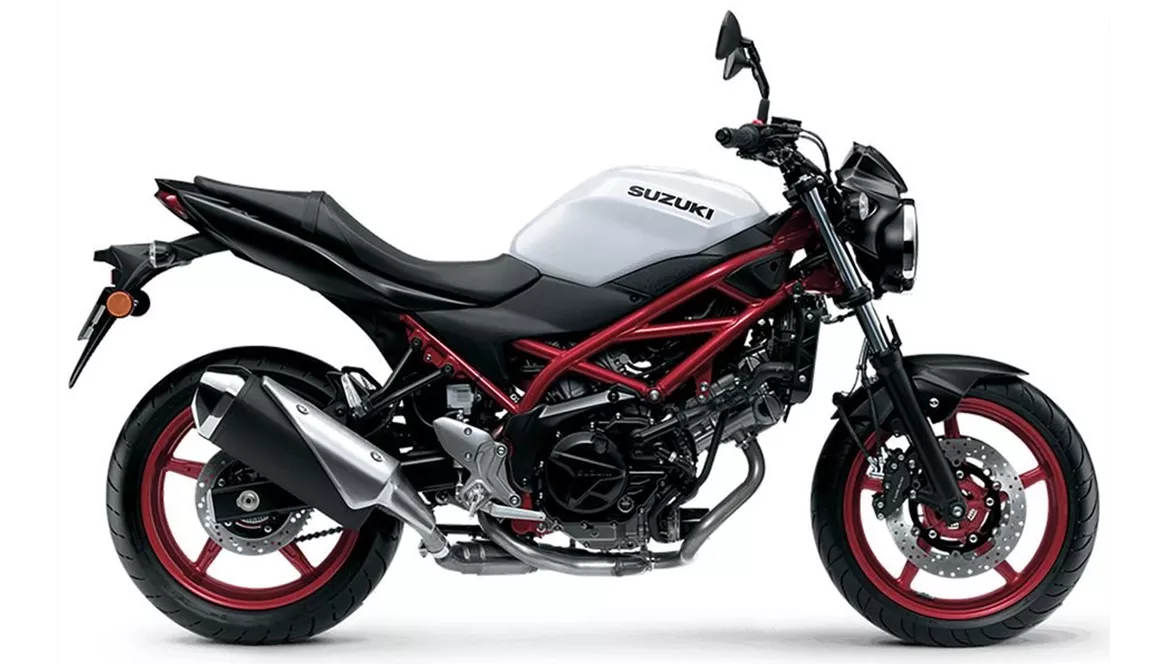
Suzuki SV 650 2021
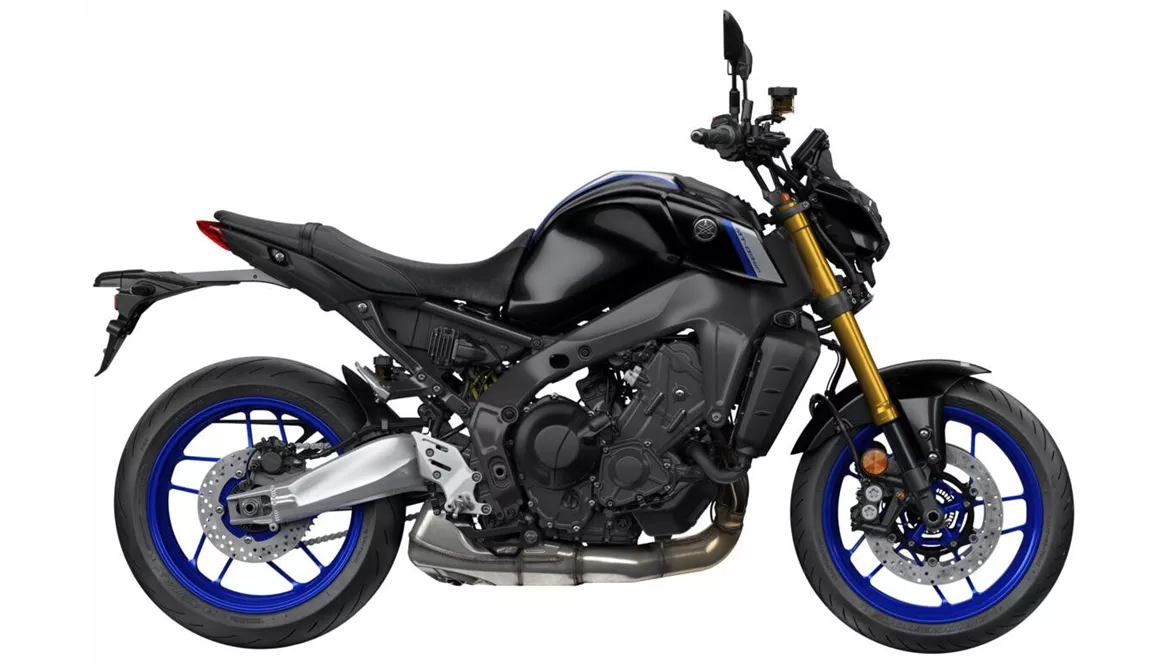
Yamaha MT-09 SP 2021
Vue d’ensemble - Suzuki SV 650 2021 vs Yamaha MT-09 SP 2021
The Suzuki SV 650 2021 and the Yamaha MT-09 SP 2021 are both naked bikes that offer a thrilling riding experience. However, there are some notable differences between the two models.
In terms of engine performance, the Suzuki SV 650 2021 is equipped with a V2 engine that delivers 73 HP of power and 64 Nm of torque. On the other hand, the Yamaha MT-09 SP 2021 features an in-line 3-cylinder engine that produces a higher power output of 119 HP and 93 Nm of torque. This gives the Yamaha MT-09 SP 2021 a significant advantage in terms of acceleration and overall performance.
Both bikes come with fuel injection systems and liquid cooling, ensuring efficient and reliable performance. The Suzuki SV 650 2021 has a displacement of 645cc, while the Yamaha MT-09 SP 2021 boasts a larger displacement of 889cc. This means that the Yamaha MT-09 SP 2021 has a more powerful engine and is likely to offer a more exhilarating riding experience.
In terms of suspension, both bikes feature swing arm rear suspensions with monoshock absorbers. However, the Yamaha MT-09 SP 2021 has the advantage of an upside-down telescopic fork front suspension, which provides better handling and stability. Additionally, the Yamaha MT-09 SP 2021 offers more adjustability options for the suspension, including compression, preload, and rebound adjustments.
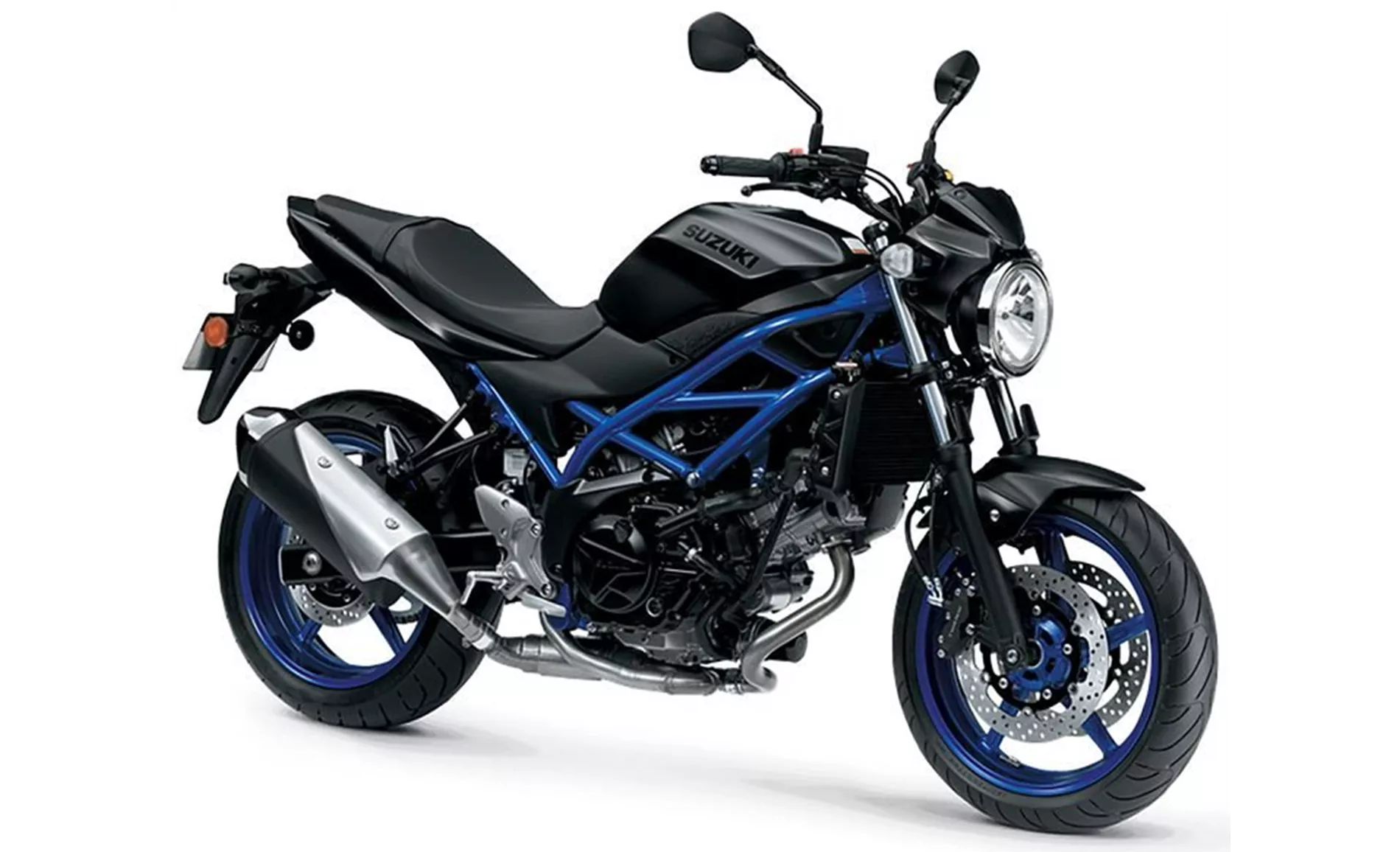
Suzuki SV 650 2021
When it comes to the chassis, the Suzuki SV 650 2021 has a steel frame, while the Yamaha MT-09 SP 2021 features an aluminum frame. The aluminum frame of the Yamaha MT-09 SP 2021 offers a lighter weight and improved handling characteristics.
Both bikes come with double disk front brakes, but the Yamaha MT-09 SP 2021 has larger brake disks with a diameter of 298mm, providing better stopping power. In terms of rider assistance systems, the Suzuki SV 650 2021 only offers ABS, while the Yamaha MT-09 SP 2021 comes with advanced systems such as cornering ABS, ride by wire, quickshifter, traction control, and anti-wheelie. This gives the Yamaha MT-09 SP 2021 an edge in terms of safety and technology.
In terms of dimensions and weights, the Suzuki SV 650 2021 has a slightly longer wheelbase of 1445mm compared to the Yamaha MT-09 SP 2021's 1430mm. The seat height of the Yamaha MT-09 SP 2021 is also slightly higher at 825mm compared to the Suzuki SV 650 2021's 785mm. However, the Suzuki SV 650 2021 is slightly heavier with a kerb weight of 200kg compared to the Yamaha MT-09 SP 2021's 189kg.
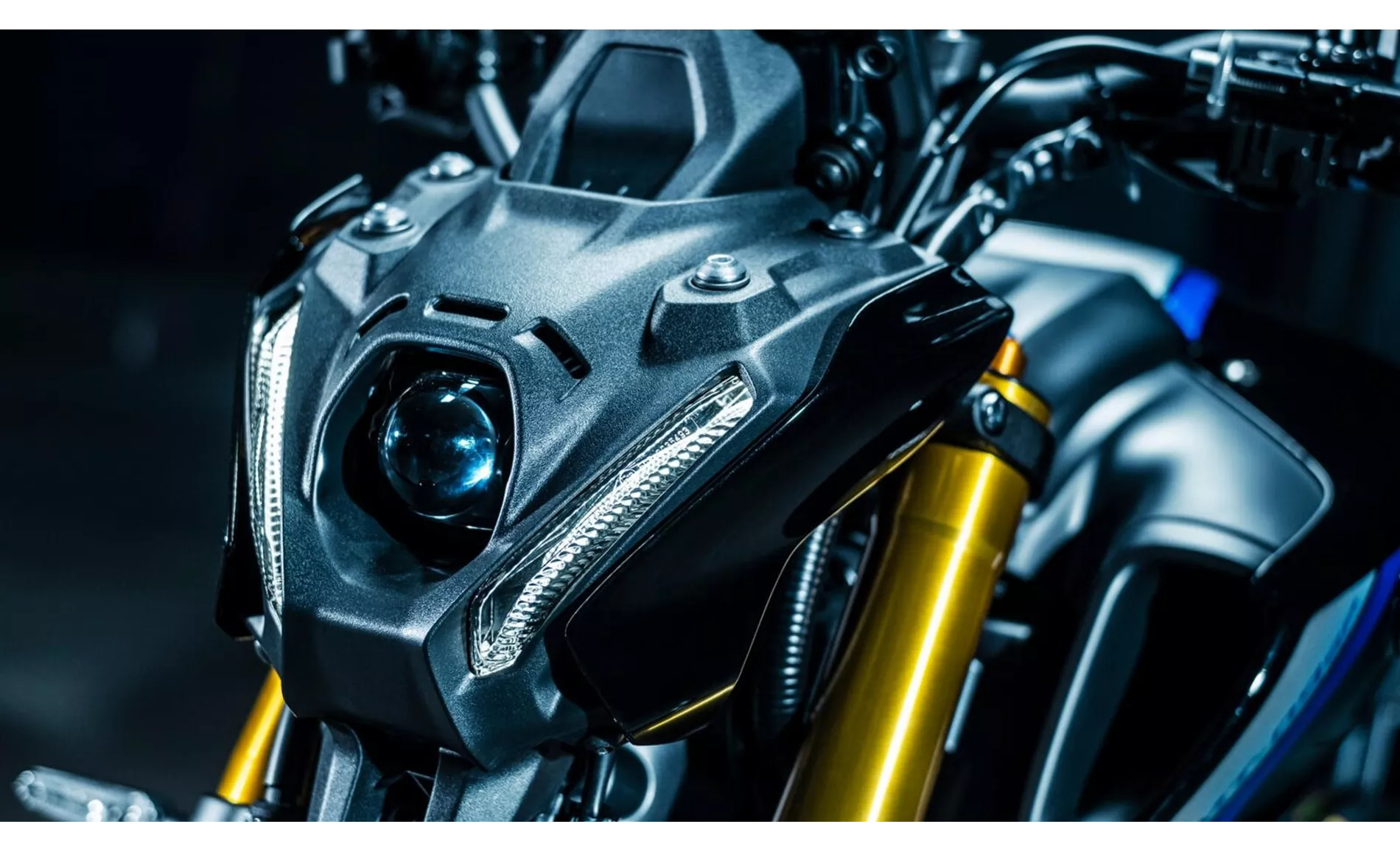
Yamaha MT-09 SP 2021
In terms of fuel tank capacity, both bikes offer similar capacities, with the Suzuki SV 650 2021 having a 14.5-liter tank and the Yamaha MT-09 SP 2021 having a 14-liter tank. However, the Suzuki SV 650 2021 has a longer range of 353km compared to the Yamaha MT-09 SP 2021's 280km. This is likely due to the Suzuki SV 650 2021's lower fuel consumption of 4.1 l/100km compared to the Yamaha MT-09 SP 2021's 5 l/100km.
In terms of strengths, the Suzuki SV 650 2021 offers a confident V2 powerplant with character, a stable chassis, a comfortable seating position, easy handling, and a timeless look. On the other hand, the Yamaha MT-09 SP 2021 boasts an upright and comfortable seating position, a well-tuned chassis, quick and easy adjustability of mappings and traction control, high-quality workmanship, lovely details, and a great tuned engine with excellent acceleration and pressure in the relevant rev range.
However, both bikes have their weaknesses. The Suzuki SV 650 2021 requires manual force for the brakes and lacks electronic features apart from ABS. Additionally, the instruments on the Suzuki SV 650 2021 are moderately readable. The Yamaha MT-09 SP 2021 has a horn that is mounted in a crude way and a display that is considered poor.
In conclusion, while both the Suzuki SV 650 2021 and the Yamaha MT-09 SP 2021 are impressive naked bikes, the Yamaha MT-09 SP 2021 offers a more powerful engine, advanced rider assistance systems, and a higher level of adjustability for the suspension. However, the Suzuki SV 650 2021 has its own strengths, such as a stable chassis and a comfortable seating position. Ultimately, the choice between the two models will depend on the rider's preferences and priorities.
Caractéristiques techniques Suzuki SV 650 2021 par rapport à Yamaha MT-09 SP 2021
Avantages et inconvénients en comparaison
Avantages et inconvénients en comparaison
Suzuki SV 650 2021
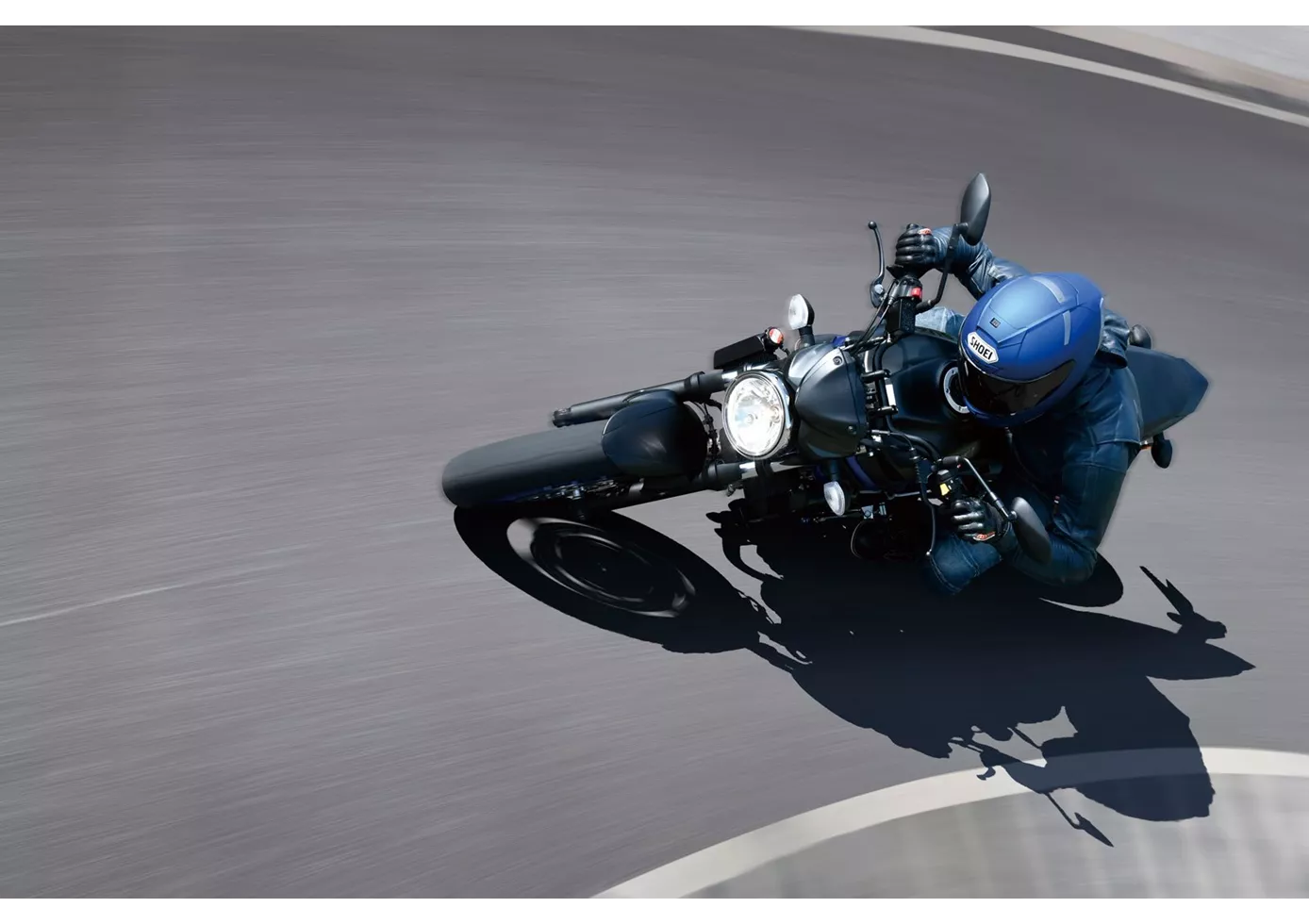
La Suzuki SV 650 n'a pas beaucoup évolué depuis cinq ans par rapport à son prédécesseur. Le moteur a été mis à jour selon la norme Euro5 et se présente désormais de manière encore plus adulte, ce qui lui permet de s'intégrer parfaitement au reste du package. La SV 650 ne veut effrayer personne, surtout pas les débutants. Le châssis donne une impression de solidité et de sérénité, le frein demande une bonne force manuelle pour éviter un surfreinage inattendu. L'optique est d'une part intemporelle, mais d'autre part vraiment un peu dépassée sur certains composants. En revanche, le prix est correct, comme d'habitude chez Suzuki.
Yamaha MT-09 SP 2021
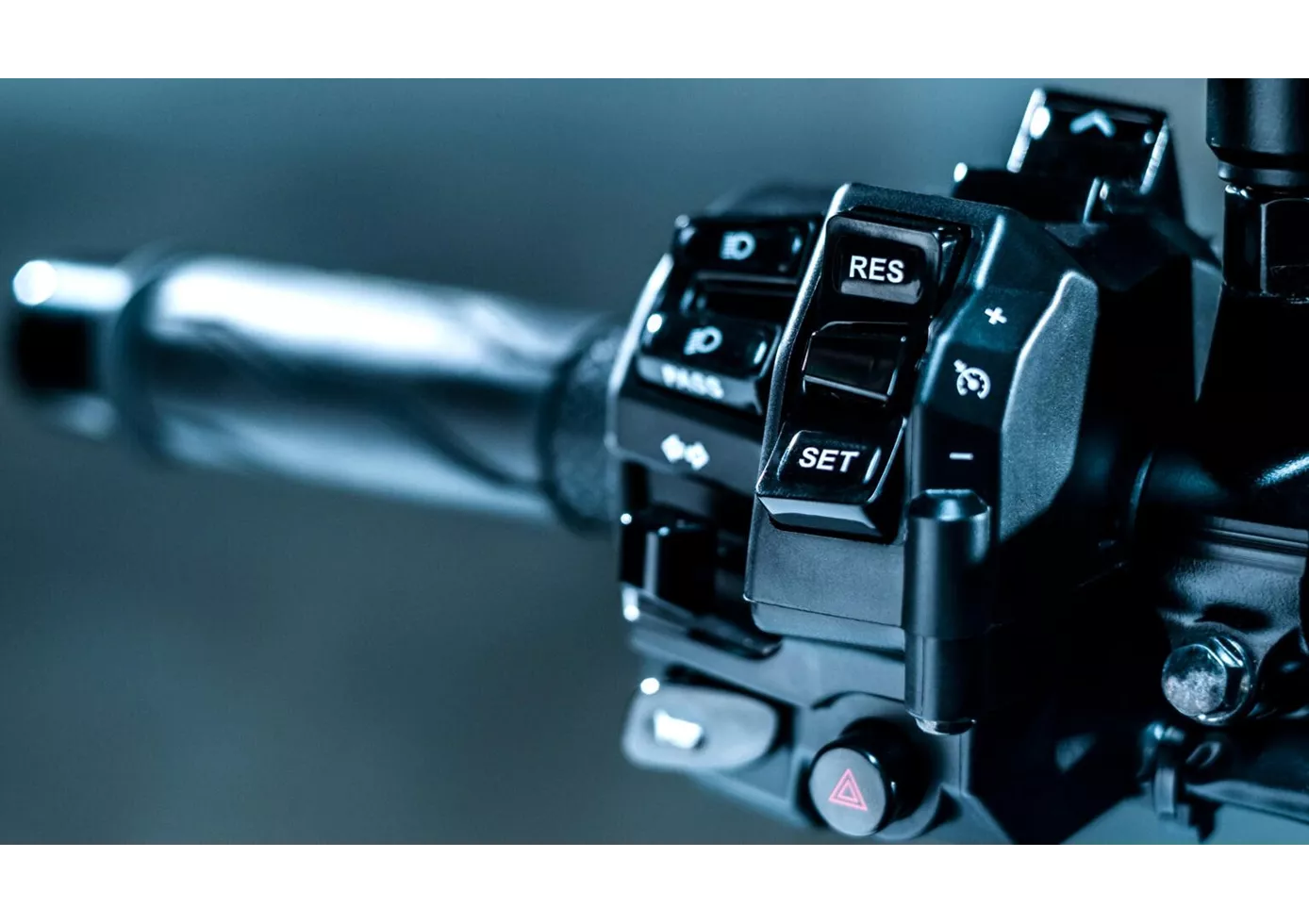
La Yamaha MT-09 SP est basée sur la très réussie MT-09. En 2021, un millésime particulièrement raffiné ! Mais cette mise à niveau en rajoute une couche ! Le châssis haut de gamme offre un excellent compromis entre confort de conduite et sportivité.
Comparaison des prix Prix moyen du marché Suzuki SV 650 vs Yamaha MT-09 SP
There are a few key differences between a Suzuki SV 650 2021 and a Yamaha MT-09 SP 2021. In terms of price, the actual average price of a Yamaha MT-09 SP 2021 is about 92% higher. Compared to Yamaha MT-09 SP 2021 there are less Suzuki SV 650 2021 bikes available on the 1000PS.de Marketplace, specifically 13 compared to 15. It takes less time to sell a Suzuki SV 650 with 111 days compared to 120 days for a Yamaha MT-09 SP. Since model year 2005 1000PS.de editors have written 25 reviews for the Suzuki SV 650 and 29 reviews for the Yamaha MT-09 SP since model year 2018. The first review for the Suzuki SV 650 was published on 9/26/2008 and now has more than 14,200 views. This compares to more than 49,000 views for the first review on Yamaha MT-09 SP published on 11/6/2017.
